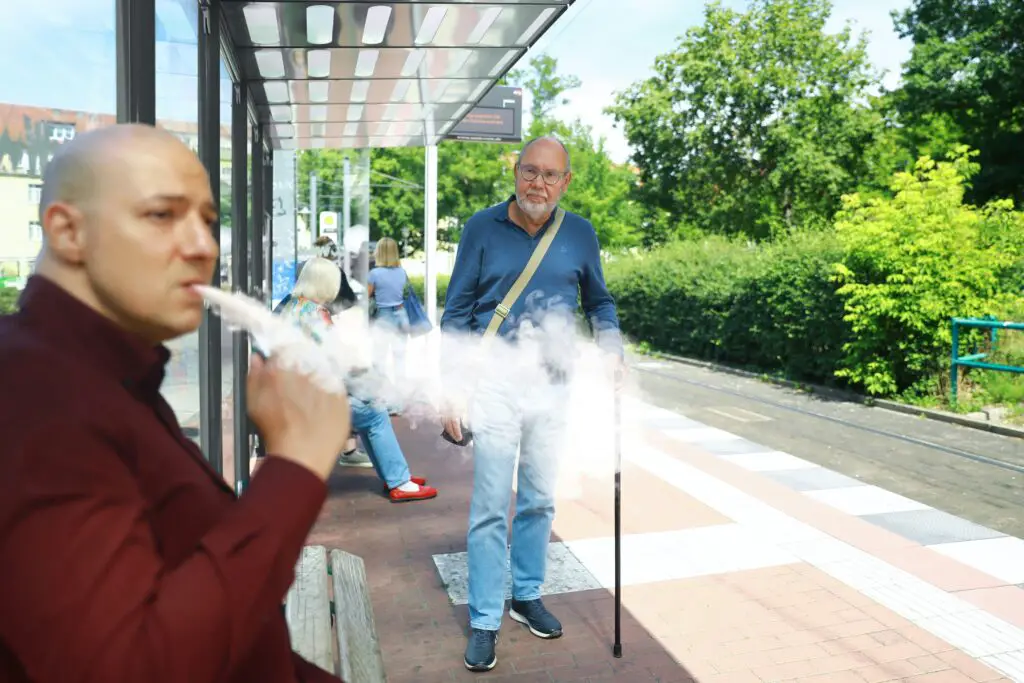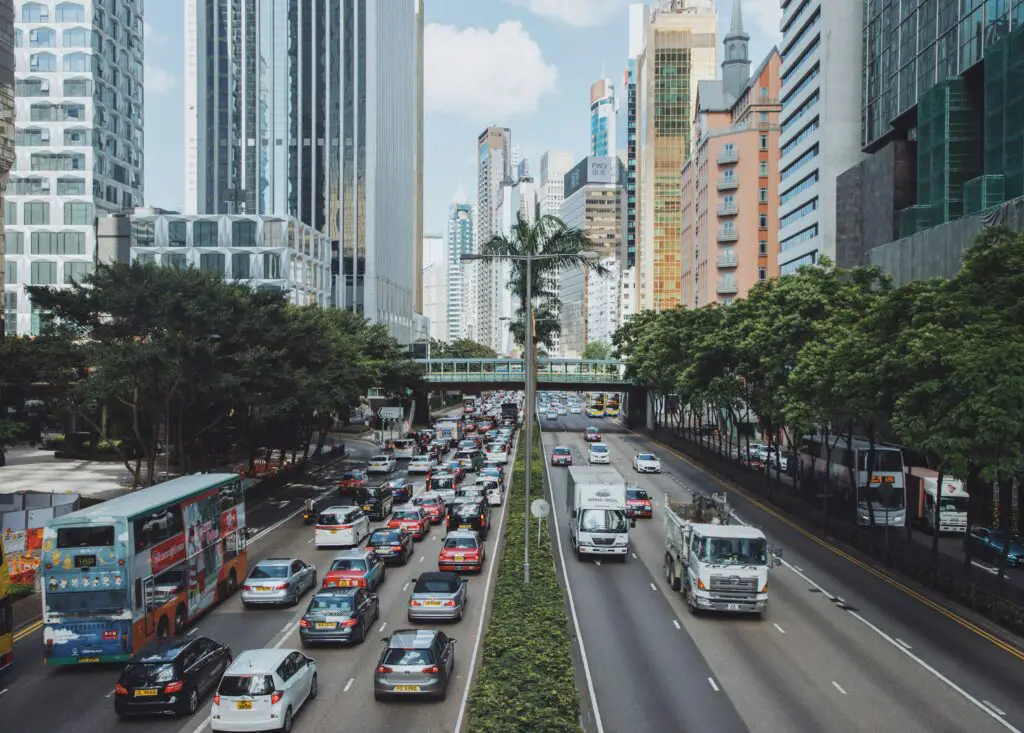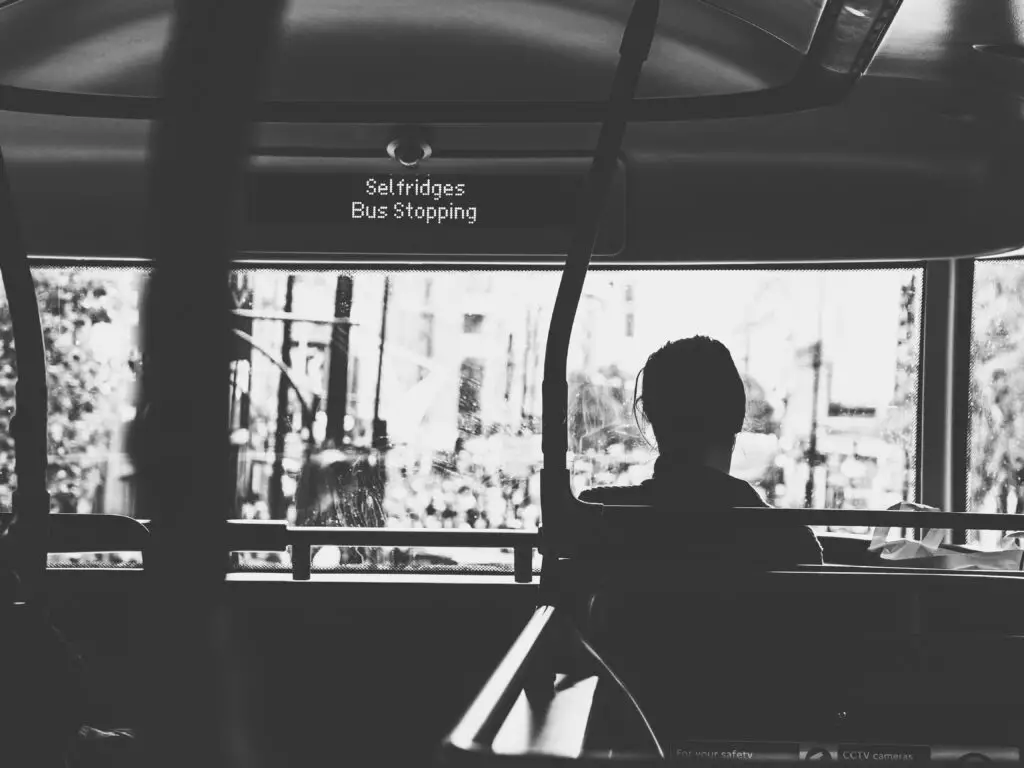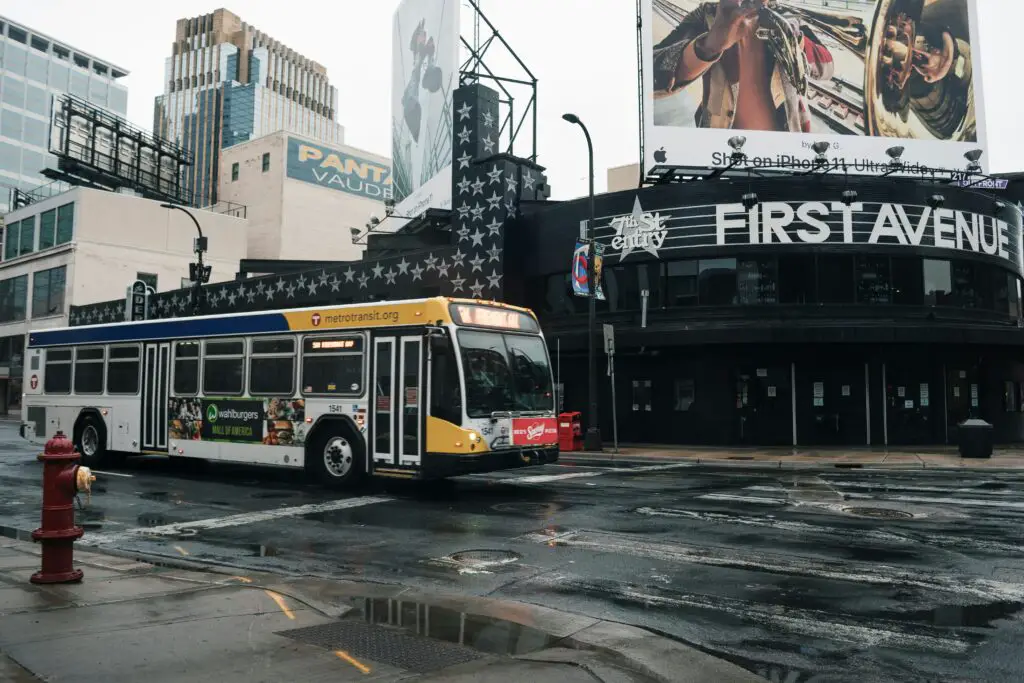Related Posts
Public transportation offers commuters a privilege, saving them money on gas, reducing carbon emissions, and providing easy access to work in cities. Rules determine what people can and cannot do to keep transportation systems running smoothly. Some rules, such as those against smoking and fare evasion, are straightforward, while others, like those addressing interference with public transportation, are less well-known. Nonetheless, certain unfortunate situations exist where interfering with public transportation laws becomes important, such as in the video below.
Angry Passenger Tries To Stop Bus From Leaving
Outside sources reveal that the man attempted to board the bus while it wasn’t parked at a bus stop, although most events leading up to the video are not directly captured. The bus driver refused to allow him to board unless it was at a designated stop area. In response, the man slowly walks in front of the bus with his phone, clearly trying to prevent it from moving.
An Attorney’s Opinion
In the words of attorney Ugo Lord, it is never legal to meaningfully hit a pedestrian with your vehicle. This holds true even if the pedestrian is not walking in a designated crosswalk. He notes that some states allow one to defend a pedestrian accident under certain riot laws, although that does not apply to this situation.
At the same time, it is also unlawful to interfere with public transportation systems. The man blocking the bus interferes with public transportation, making him liable for any related charges.
Interfering With Public Transportation: Is It a Crime?

As highlighted by Ugo Lord, interfering with public transportation is considered a crime. Most states have laws that dictate what constitutes charges. For instance, the state of Oregon lists four major actions that constitute charges. These include:
- Intentionally trespassing or remaining on a public transportation site or vehicle without permission.
- Interfering with the functioning or use of public transportation. This includes preventing people from moving on public transit, blocking their access to public transportation, or stopping vehicles from moving altogether.
- Engaging in disorderly conduct on a public vehicle.
- Subjecting anyone at a public transportation site or on a public vehicle to inappropriate or offensive physical contact.
In most states, interfering with public transportation counts as a misdemeanor offense.
In addition to state and federal laws, public transportation systems often have a list of rules that cover basic offenses like smoking and cite state laws on offenses such as assault and interfering with public transportation. Breaking these rules can lead to charges, fines, and even a permanent ban. For more information on public transportation rules in your area, search them online.
Changes In Public Transportation Laws

Public transportation laws have changed significantly in the past few years due to rising crime, drug use, and increased commuter engagement.
For instance, the state of Oregon recently passed legislation to expand its public transportation laws. The legislation, otherwise known as Bill 1553, was put into effect on January 1, 2024. The bill expands interfering with public transportation to include the use of drugs aboard vehicles. The bill was made as a direct effort to cut down on the increased use of drugs aboard public vehicles. According to Oregon lawmakers, they reported a 30% drop in commuter use and engagement directly tied to increased drug use on public vehicles.
Oregon officials are hopeful that new laws such as this will improve their public transportation systems. Moving foreward, they believe that other states will join them to address issues on board public vehicles.
Multiple Charges For Interfering With Public Transportation

Interfering with public transportation is often a multi-faceted issue. Many public transportation rules also apply to other state laws. For instance, interfering with public transportation may also involve illegal drug use, assault, or disturbing the peace. As a result, interfering with public transportation can result in multiple stacked charges.
Someone can face multiple charges for a single incident. For example, suppose a person is using illegal drugs on a bus and preventing others from entering or exiting. In that case, authorities may charge them separately for both illicit drug use and interfering with public transportation. This would likely result in a more severe punishment.
In addition to stacked criminal charges, people may also face additional punishments as outlined by public transportation systems. Many state laws stipulate that public transit systems may administer small punishments such as fees. Likewise, public transportation officials may also issue permanent bans depending on the crime that occurred.
Summary
Our public transportation systems are beneficial and important, but at the same time, they are delicate and require some policing. Actions such as preventing a bus from leaving or causing a public disturbance are illegal. They are typically classified as interfering with public transportation, which can lead to serious punishments. Moving forward, public transportation systems are undergoing significant changes, including increased legislation and authorities charging individuals with multiple offenses.
So, next time you miss a bus and feel like getting some sweet revenge, maybe think of a tactic other than walking in front of the bus!

